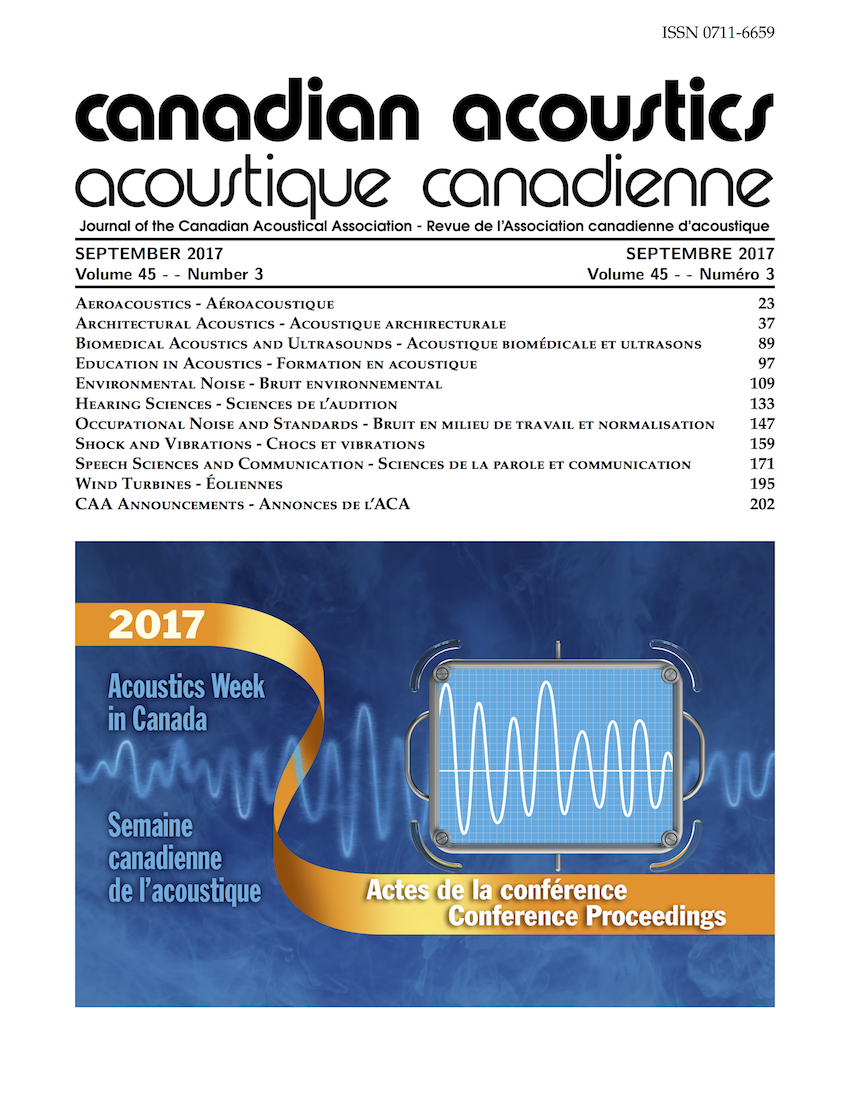Blocking Mass For Architectural Vibration Attenuation – A Case Study
Résumé
With many cities facing the challenges of urban infill, a large number of older buildings are being altered to host activities which are not necessarily compatible with the original intent of the building design. As such, noise-sensitive operations are sometimes forced into close quarters with inherently noisy neighbouring tenants/owners. This case study reports the acoustic, noise and vibration challenges associated with the retrofitting of an old theatre which was repurposed and split into two adjacent properties: a large music venue on one side, and an off-track betting facility on the other. Specifically, this paper addresses the continuous metal roof deck between both operations, which constitutes one of the primary noise flanking paths. Noise energy from the music venue excites the common roof deck, allowing vibration to travel across the demising partition and into the off-track betting facility, where it is re-radiated as structure-borne noise at the point of reception. In order to help mitigate this issue, a blocking mass was designed to reflect roof deck vibrations back towards the music venue. While these blocking masses are typically installed on top of the roof deck, design constraints resulted in the suspension of the blocking mass from the underside of the roof deck. The predicted vibration attenuation is discussed, along with the proposed design which combines the blocking mass with the demising partition, effectively blending these two sound attenuating elements together.
Fichiers supplémentaires
Publié-e
Comment citer
Numéro
Rubrique
Licence
Author Licensing Addendum
This Licensing Addendum ("Addendum") is entered into between the undersigned Author(s) and Canadian Acoustics journal published by the Canadian Acoustical Association (hereinafter referred to as the "Publisher"). The Author(s) and the Publisher agree as follows:
-
Retained Rights: The Author(s) retain(s) the following rights:
- The right to reproduce, distribute, and publicly display the Work on the Author's personal website or the website of the Author's institution.
- The right to use the Work in the Author's teaching activities and presentations.
- The right to include the Work in a compilation for the Author's personal use, not for sale.
-
Grant of License: The Author(s) grant(s) to the Publisher a worldwide exclusive license to publish, reproduce, distribute, and display the Work in Canadian Acoustics and any other formats and media deemed appropriate by the Publisher.
-
Attribution: The Publisher agrees to include proper attribution to the Author(s) in all publications and reproductions of the Work.
-
No Conflict: This Addendum is intended to be in harmony with, and not in conflict with, the terms and conditions of the original agreement entered into between the Author(s) and the Publisher.
-
Copyright Clause: Copyright on articles is held by the Author(s). The corresponding Author has the right to grant on behalf of all Authors and does grant on behalf of all Authors, a worldwide exclusive license to the Publisher and its licensees in perpetuity, in all forms, formats, and media (whether known now or created in the future), including but not limited to the rights to publish, reproduce, distribute, display, store, translate, create adaptations, reprints, include within collections, and create summaries, extracts, and/or abstracts of the Contribution.


